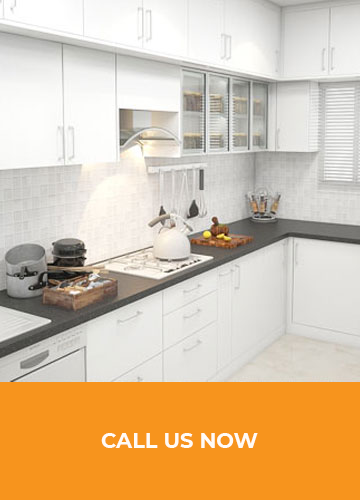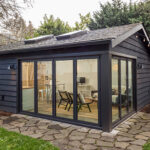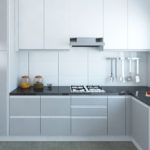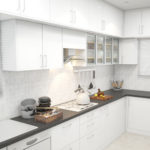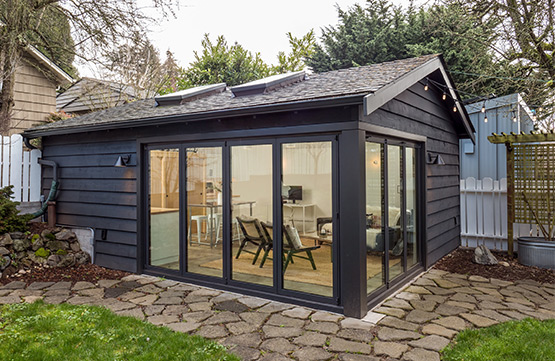
Before going for the ADU, you should know how much ADU conversion costs and what ADU requirements San Diego are. An ADU is often used as a guest house or office space and can be rented out if you choose. ADUs are a new form of housing that falls between traditional apartments and single-family houses. They usually have 300 to 400 square feet of living space. And they come in a variety of designs, from one-story cottages to multi-story townhouses with some shared walls.
What building permits are required?
A building permit is required for any work that involves constructing, altering, enlarging or changing the occupancy of a building. The Seattle Department of Construction and Inspections (SDCI) issues these permits. You must submit your plans to an architect or engineer and receive approval before applying for a building permit at SDCI.
Zoning Permit:
A zoning permit is necessary if you want to change how your property is zoned or use it in a way that isn’t allowed under current zoning laws. Zoning laws vary based on what zone your property is located in and can be complicated; talk with someone at the King County Assessor’s Office for help understanding them
Plan Check:
Plan check ensures that all aspects of a project meet local codes and ordinances before construction so there are no surprises during construction! If you have been issued a site plan review by SDCI, plan checks are handled by SPD’s Land Use Plan Review Section (LURS).
How much will an ADU cost?
As with most home projects, the costs will vary depending on the size of your ADU (and whether you hire a contractor or do it yourself). The cost of an ADU depends not only on its size but also on whether or not you need to obtain building permits.
For example, if you are doing all the work yourself and don’t need any permits to add an ADU to your house, then your costs could range from $15-25 per square foot for materials only. If you plan to hire contractors who may charge by the hour ($40-$60), or by percentage (3%-5%), expect those figures to be added to this estimate as well.
An ADU has many benefits.
In addition to being fun, interesting and eco-friendly, an ADU also has many benefits that will make you want one in your own home. ADU has many benefits, including:
Affordability – ADUs can provide homeowners with extra income and reduced housing costs.
Inclusion and diversity – Because of their small size, ADUs are easier to adapt and modify for wheelchair accessibility and other uses.
Environmental sustainability – ADUs can help a homeowner increase the amount of housing in their community without increasing overall housing density.
Economic development – ADUs can help support local businesses by providing new housing options in areas where they’re needed most.
As you can see, the ADU is a great way to add to your home and make it more efficient. ADUs can be built on a lot that already has an existing house or they can be built as stand-alone units. The ADU requirements San Diego will depend on what is allowed in your area and how much space you have available.

